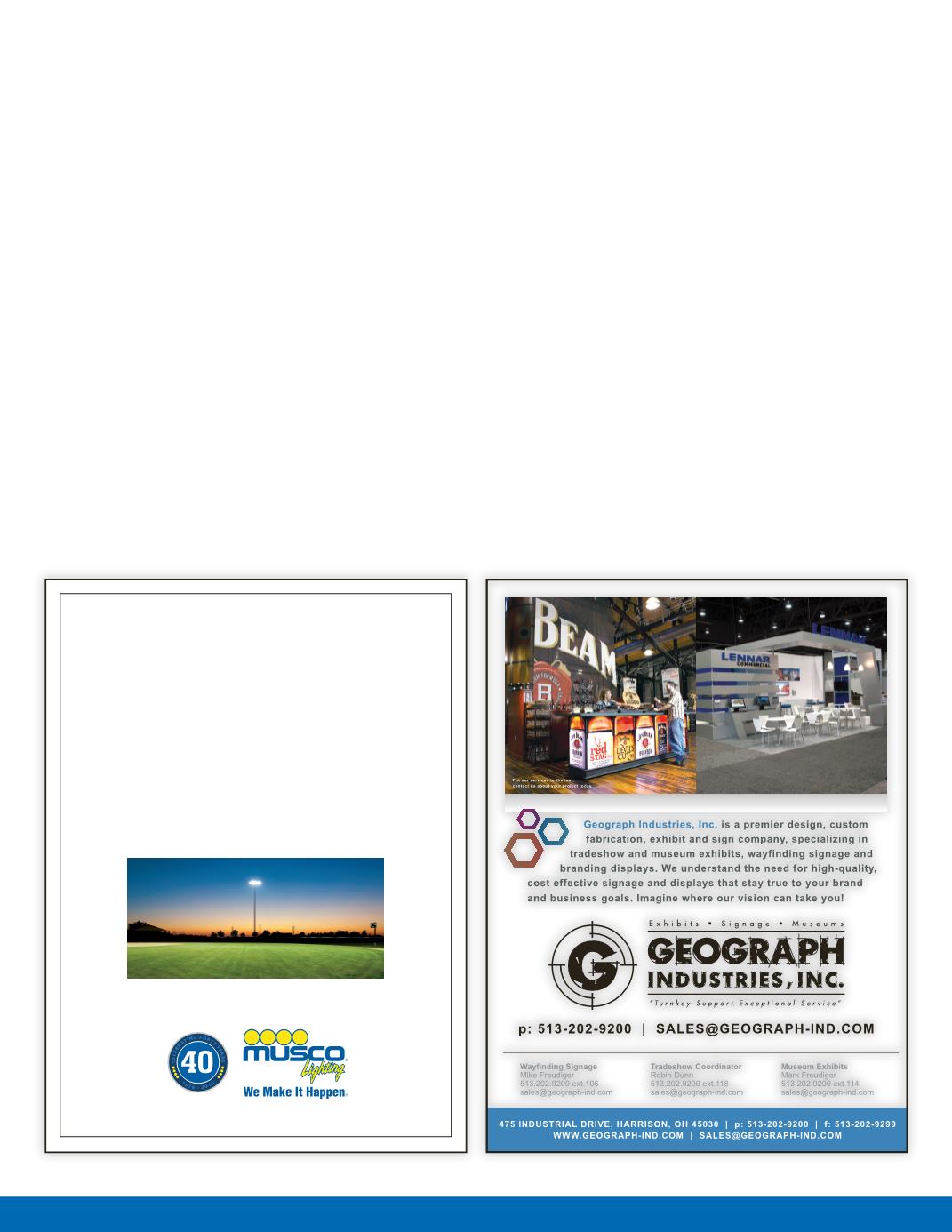
Business View Magazine
9
The system, which is called a DPR, a Direct Potable
Reuse System, was now capable of treating 5 million
gallons a day to put back into the city’s water distri-
bution system, while saving a concomitant 5 million
gallons from having to be pulled from its increasingly
thirsty lakes. Within seven months, the DPR produced
one billion gallons of source water for the city. Problem
solved.
And yet, if there’s any truth to the notion that the good
Lord helps those who helps themselves, one can cer-
tainly point to Wichita Falls for confirmation. For Moth-
er Nature had one more trick up her sleeve: exactly
one year after the city turned on the DPR system, the
drought ended. “We turned that project on in early July
of 2014, and turned it off in July of 2015, after we had
sufficient rain to bring our lakes back up.” During a
three-week period in May, 17 inches of rain filled the
city’s water source lakes which went from just below
19 percent to 100 percent capacity. Problem solved -
again.
So, what will the city do with all the pipe it laid for the
DPR system? According to Barham, the city’s inten-
tion, all along, was to build an IPR, an Indirect Potable
Reuse System, where wastewater is not treated at a
plant but returned to an area where it can be cleaned
by nature. Because of the time frame to permit the
project, design the improvements, and acquire the
right-of-way, the DPR project was done as an emer-
gency supply project, with the IPR being the long-term
fix. “So, the reason we laid that pipeline above ground,
was because we planned an IPR project after we came
out of the drought,” he explains. “We wanted to save
money on that project, so we built the pipeline above
ground, and we purchased pipe that we sized to use


